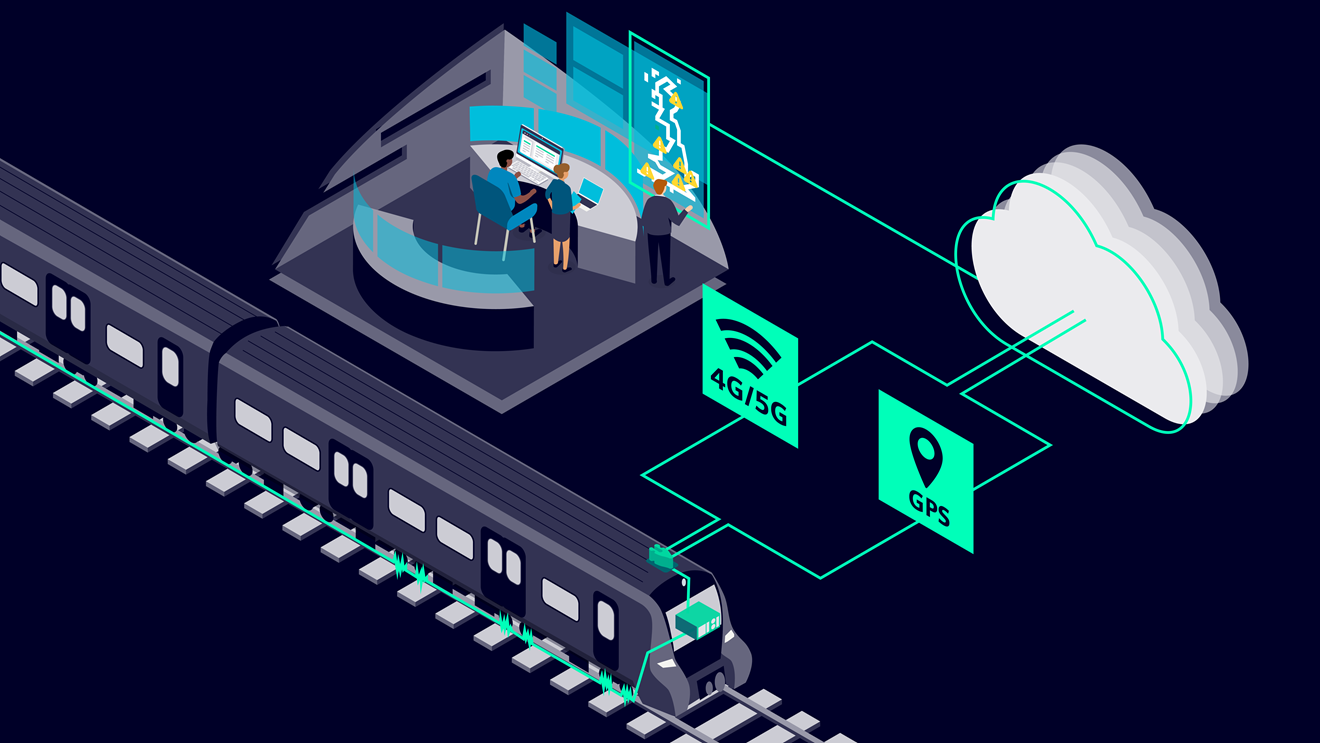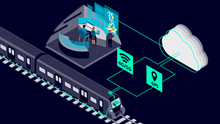Siemens Mobility’s train-borne conditioning monitoring (TBCM) system is featuring in Network Rail’s Lot 1 Operational Trial, which has been established to assess means of predicting rough rides which are currently reported by drivers.
By using technology to predict where a section of track may require attention, preventative maintenance can be planned during times of quiet network traffic. Rather than being delayed by reactive maintenance based on driver reports of a bumpy ride that could indicate issues, passengers will therefore have a more reliable service, as well as a more comfortable ride.
Before the trial, Siemens Mobility commissioned the University of Huddersfield to work on the simulation of track/vehicle interactions using historic raw track data from Network Rail. With specialist equipment and expertise in this field, the University is now using computer models of vehicles to provide insights to Siemens Mobility to enable the development of the rough-ride algorithm. The company is also working in close collaboration with Network Rail, with the organisation providing a great deal of insight into the prediction of rough rides.
The company’s trial uses a fleet of 80 South Western Railway passenger trains running on the Wessex region. The trains are equipped with the TBCM application which will accurately predict rough rides and identify their exact location. This solution uses the train’s GSM-R cab radio (over 11,000 of which are fitted to the UK’s fleet of trains), which provides a platform for a number of Airlink® Smart Applications, including TBCM.
Now one month into operation, the six-month trial includes Siemens Mobility and five other manufacturers’ systems.
Rob Morris, Managing Director, Rail Infrastructure for Siemens Mobility, said: “Our TBCM solution significantly improves the overall reliability of the network, letting maintainers focus on areas that need attention, reducing time lost from temporary speed restrictions and reducing train damage. Delay costs, line closures, journey re-planning and speed restrictions are all minimised.
“Although we are in the early stages of the trial, our system is already performing extremely well, having successfully predicted a number of rough rides.”
Without the need for any new hardware, TBCM offers benefits to many railway stakeholders, including passengers, infrastructure maintainers, and train operating companies and owners. The application can be inexpensively retrofitted to trains equipped with GSM-R cab radios and is simply downloaded over air.
TBCM is an efficient way of predicting rough rides. It identifies sections of track that need to be maintained by automatically analysing data collected from in-service trains equipped with a GSM-R cab radio. TBCM wirelessly creates a digital representation of the track using information from trains on the route.
In addition to rough-ride detection and prediction, TBCM can also be used to identify and monitor voids in the track, as well as detecting any major potential anomalies. It also shows the effectiveness of repair at sites where rough rides have been reported previously.


